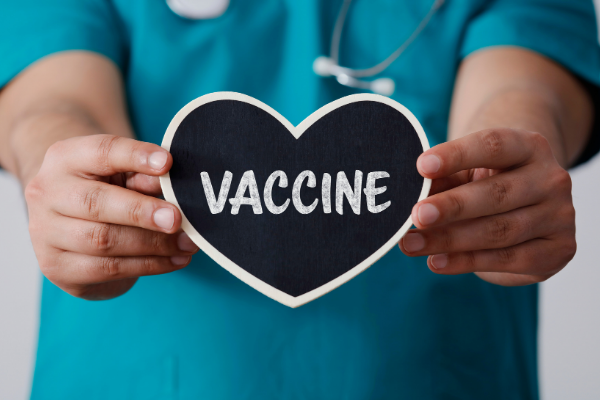By Dr. James Keffer
In 2003, I was a resident at the University of Cincinnati (UC) up in Ohio, not long after the 9/11 attacks a year and a half prior. This was followed by a group of terrorists mailing letters containing anthrax spores, causing both illness and panic. At UC, I saw a flyer looking for subjects to find a better anthrax vaccine. The first vaccine against anthrax disease in humans came out in the 1970’s, and it was time researchers found a better one.
I signed up for the two-year study. I read the lengthy consent form, had blood drawn, and returned many times over the next two years. Sometimes I was there to receive a shot, other times to have blood drawn. In addition, I kept a record of my temperature daily during the two-week time period after I received an injection. Some visits were simple and just involved asking how I was doing, followed by a brief physical exam.
Like the other 5 studies I’ve been in since, the UC study was a randomized double-blind controlled trial. That means that neither the subject (in this case me), nor the staff who I interacted with knew if I got a vaccine or placebo, which is typically made up of salt water, injected into my arm. The vaccine studies I’ve participated in have been at the Vanderbilt Vaccine Research Program, here in Nashville. All but one of those trials involved finding vaccines for influenza.
About ten months ago, we doctors read about a new virus causing a severe pneumonia in China. Personally, I wasn’t terribly worried because I remember hearing similar reports in 2002 of what is called Severe Acute Respiratory Syndrome virus (SARS), now termed SARS-Coronavirus 1. SARS wasn’t seen outside of China. Another coronavirus emerged in the Middle East in 2004 and was termed Middle Eastern Respiratory Syndrome (MERS), but again the effect on the U.S. was minimal.
SARS and MERS were a big deal because 10-40% of those infected died. I was somewhat less worried about this new virus because it had a lower death rate than SARS and MERS and because it hadn’t been reported outside of China. While my peers and I are always aware of global health issues, we are more highly focused on what is closer to home and what we may expect to see within our clinics and hospitals.
Our attention immediately shifted when people here began to get sick with SARS-coronavirus 2. Unlike the treatments we have for influenza or the herpes viruses, we didn’t have any effective treatments for this mysterious virus, and certainly no vaccine. I was powerless to prevent our patients from becoming sick, and had no way to treat them if they became infected other than advice about social distancing, handwashing, and wearing face masks.
It is for these reasons that when I heard that Vandy was going to test a vaccine candidate in the fall, I signed up. Some friends were worried that I was involved in a vaccine study that could possibly injure me, and that vaccine development was being rushed. I felt very comfortable that the risk was acceptable because for the last thirty years I’ve read about how vaccines are developed, studied, and distributed. Plus, this was my sixth vaccine trial in the last 18 years.
Since entering the trial in August, I am reassured by the fact that it is being run identically to the other trials I’ve been in. The only difference is that after 5 months in this particular study personnel let me know that I’d gotten placebo back in August and September. They gave me the option to leave the study (which I could have done at any point), stay in the study without being vaccinated, or to receive the vaccine.
One week ago, I got my second vaccine against the virus that causes COVID-19. It makes me happy to have done my very, very small part to help bring an end to this devastating pandemic that has killed so many people here in Tennessee and around the world. I regularly encourage others to participate in these trials, as the only way that we’ll get safer and more effective vaccines is if they are tested.
Regarding the speed at which the COVID-19 vaccines were developed compared to the first influenza or anthrax vaccines, we need to remember how far science has come in the 100+ years. It took many decades to even figure out that influenza was caused by a virus not a bacteria. In comparison, within weeks of severe viral pneumonia being detected scientists had not only isolated the SARS-coronavirus-2 virus, but had sequenced its genes.
Another compelling reason to distribute a vaccine within a year of the virus being discovered is that nearly all serious vaccine side effects happen in the first six weeks after vaccine administration. There isn’t a good reason to wait years or decades to test these vaccines in the middle of a deadly pandemic. The only information we get out of long-term studies is seeing how long the protection lasts.
If you want more information on vaccines or to volunteer for vaccines studies, please visit the links below.

